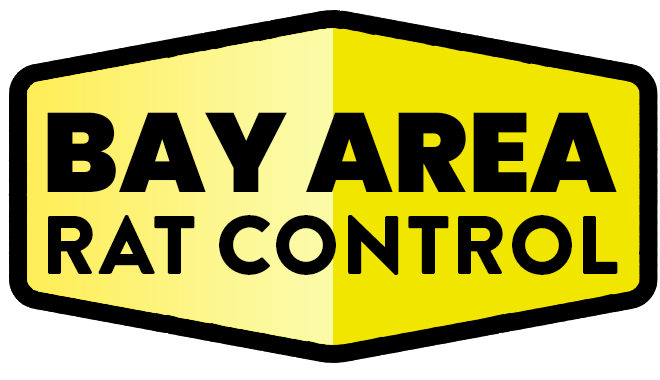Opening Thoughts
Rat infestations in rental properties are not only a nuisance but also a legal and health concern. As a landlord, effectively managing these issues is essential to maintain tenant satisfaction, comply with regulations, and protect your investment. This guide provides actionable strategies for addressing rat problems and preventing future infestations in rental properties.
Why Rat Control is Crucial for Rental Properties
1. Protecting Tenants’ Health
- Rats carry diseases such as hantavirus, leptospirosis, and salmonella, posing risks to tenants.
- Contaminated food and surfaces can lead to health violations.
2. Meeting Legal Obligations
- Many local and state laws require landlords to maintain habitable living conditions, including pest-free environments.
3. Preserving Property Value
- Structural damage caused by rats can devalue your property and lead to costly repairs.
Steps to Address Rat Infestations
1. Conduct a Thorough Inspection
- Identify Problem Areas:
- Look for signs of activity such as droppings, gnaw marks, and nesting materials.
- Inspect basements, attics, and kitchens, as well as external areas like trash bins and garages.
- Professional Help:
- Hire a pest control expert for a comprehensive assessment if the infestation is severe.
2. Take Immediate Action
- Trapping and Removal:
- Use snap traps or electronic traps in high-activity areas.
- Avoid glue traps, as they can cause prolonged suffering and are less effective.
- Baiting:
- Place tamper-resistant bait stations in areas inaccessible to tenants and pets.
- Sanitation:
- Remove droppings, nests, and contaminated materials promptly.
3. Communicate with Tenants
- Transparency:
- Inform tenants about the infestation and the steps being taken to resolve it.
- Instructions:
- Provide tenants with guidelines on how to avoid attracting rats, such as securing food and disposing of trash properly.
Long-Term Prevention Strategies
1. Sealing Entry Points
- Inspect and repair gaps, cracks, and holes in walls, windows, doors, and foundations.
- Use durable materials like metal mesh, caulk, or steel wool to block access.
- Install door sweeps and weatherstripping to prevent under-door entry.
2. Improving Waste Management
- Provide tenants with rat-proof trash bins and schedule regular waste pickups.
- Keep dumpsters at a distance from the property and ensure they are cleaned frequently.
3. Routine Maintenance
- Schedule regular inspections of common areas, storage rooms, and external spaces.
- Address leaks, standing water, and other conditions that attract rats.
Tenant Responsibilities in Rat Control
1. Maintaining Cleanliness
- Tenants are typically responsible for keeping their units free of food debris and clutter.
- Encourage tenants to report any signs of rat activity promptly.
2. Proper Food Storage
- Educate tenants about storing food in sealed containers to reduce attractants.
3. Reporting Problems
- Tenants should notify landlords immediately of any signs of infestation, such as droppings or damaged food packages.
Legal Considerations for Landlords
1. Habitability Standards
- Landlords must ensure that rental properties are free from infestations to meet habitability standards.
- Failure to address infestations may result in legal action or rent withholding by tenants.
2. Lease Agreements
- Include clear clauses in the lease about pest control responsibilities.
- Specify tenant obligations, such as maintaining cleanliness and reporting infestations.
3. Documentation
- Keep detailed records of pest control efforts, including inspection reports, treatments, and tenant communications.
- Proper documentation can protect you in case of disputes or legal claims.
Hiring Professional Pest Control Services
1. Benefits
- Professionals can handle severe infestations effectively and safely.
- They offer ongoing maintenance plans to prevent future issues.
2. Selecting a Provider
- Choose a licensed and insured pest control company with experience in rental properties.
- Look for providers that offer integrated pest management (IPM) solutions for sustainable control.
Common Mistakes to Avoid
- Delaying Action:
- Waiting to address an infestation can worsen the problem and increase costs.
- Neglecting Tenant Education:
- Failure to inform tenants about their role in prevention may lead to repeated issues.
- Improper Waste Disposal:
- Unsecured trash bins or overflowing dumpsters are major attractants for rats.
Costs of Rat Control for Landlords
Factors Affecting Costs
- Property size and layout.
- Severity of the infestation.
- Frequency of professional services.
Typical Costs
- Initial Inspection: $100–$300.
- Trapping and Removal: $200–$500.
- Preventative Maintenance Plans: $500–$2,000 annually.
Final Thoughts
Managing rat problems in rental properties requires a proactive approach that combines immediate action, long-term prevention, and clear communication with tenants. By maintaining a clean and secure property, addressing issues promptly, and fulfilling your legal responsibilities, you can protect your investment and ensure tenant satisfaction. Partnering with professional pest control services further enhances these efforts, providing peace of mind for both landlords and tenants.
Relevant Links/Sources:
Landlord Pest Control Responsibilities – HUD
Integrated Pest Management for Rentals – NPMA
Pest Control Guidelines for Landlords – CDC
